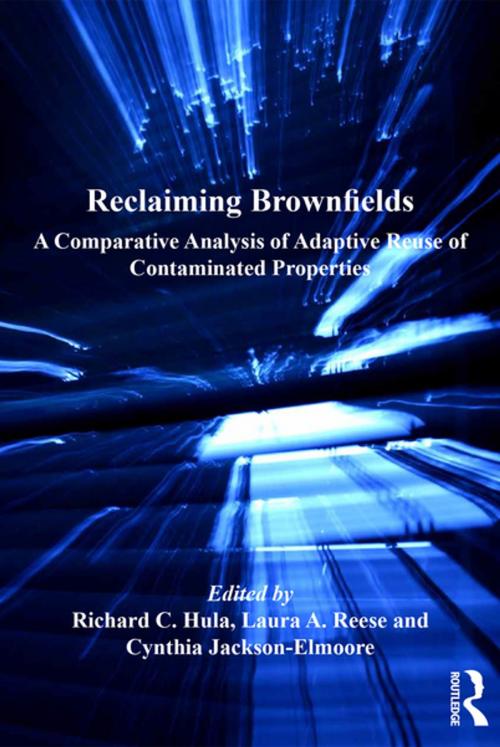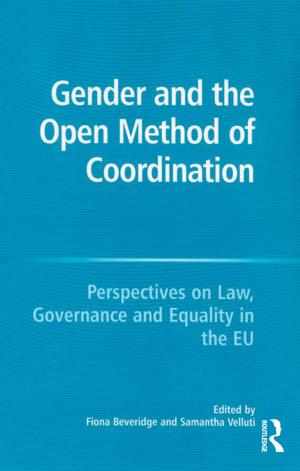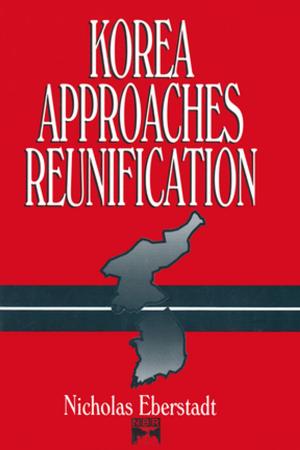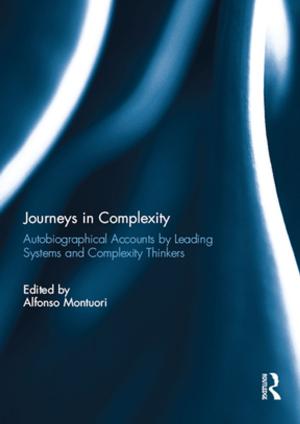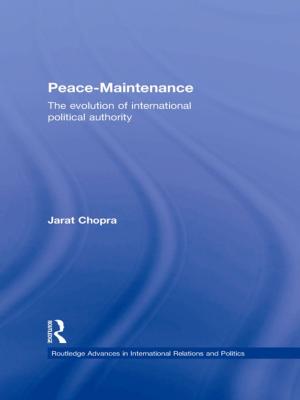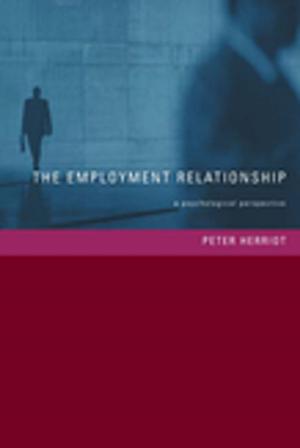Reclaiming Brownfields
A Comparative Analysis of Adaptive Reuse of Contaminated Properties
Nonfiction, Social & Cultural Studies, Social Science, Sociology, Urban| Author: | Richard C. Hula | ISBN: | 9781317070627 |
| Publisher: | Taylor and Francis | Publication: | March 23, 2016 |
| Imprint: | Routledge | Language: | English |
| Author: | Richard C. Hula |
| ISBN: | 9781317070627 |
| Publisher: | Taylor and Francis |
| Publication: | March 23, 2016 |
| Imprint: | Routledge |
| Language: | English |
The environmental legacy of past industrial and agricultural development can simultaneously pose serious threats to human health and impede reuse of contaminated land. The urban landscape around the world is littered with sites contaminated with a variety of toxins produced by past use. Both public and private sector actors are often reluctant to make significant investments in properties that simultaneously pose significant potential human health issues, and may demand complex and very expensive cleanups. The chapters in this volume recognize that land and water contamination are now almost universally acknowledged to be key social, economic, and political issues. How multiple societies have attempted to craft and implement public policy to deal with these issues provides the central focus of the book. The volume is unique in that it provides a global comparative perspective on brownfield policy and examples of its use in a variety of countries.
The environmental legacy of past industrial and agricultural development can simultaneously pose serious threats to human health and impede reuse of contaminated land. The urban landscape around the world is littered with sites contaminated with a variety of toxins produced by past use. Both public and private sector actors are often reluctant to make significant investments in properties that simultaneously pose significant potential human health issues, and may demand complex and very expensive cleanups. The chapters in this volume recognize that land and water contamination are now almost universally acknowledged to be key social, economic, and political issues. How multiple societies have attempted to craft and implement public policy to deal with these issues provides the central focus of the book. The volume is unique in that it provides a global comparative perspective on brownfield policy and examples of its use in a variety of countries.
